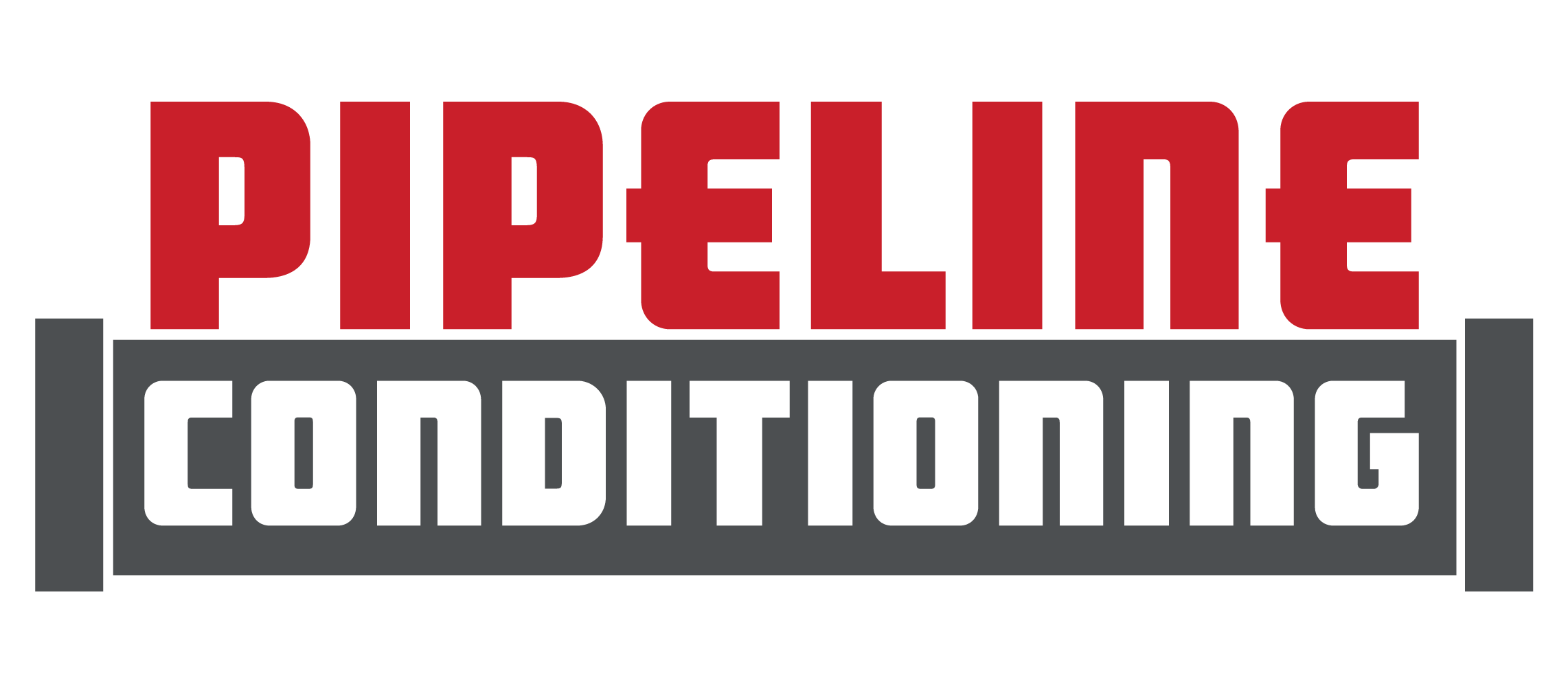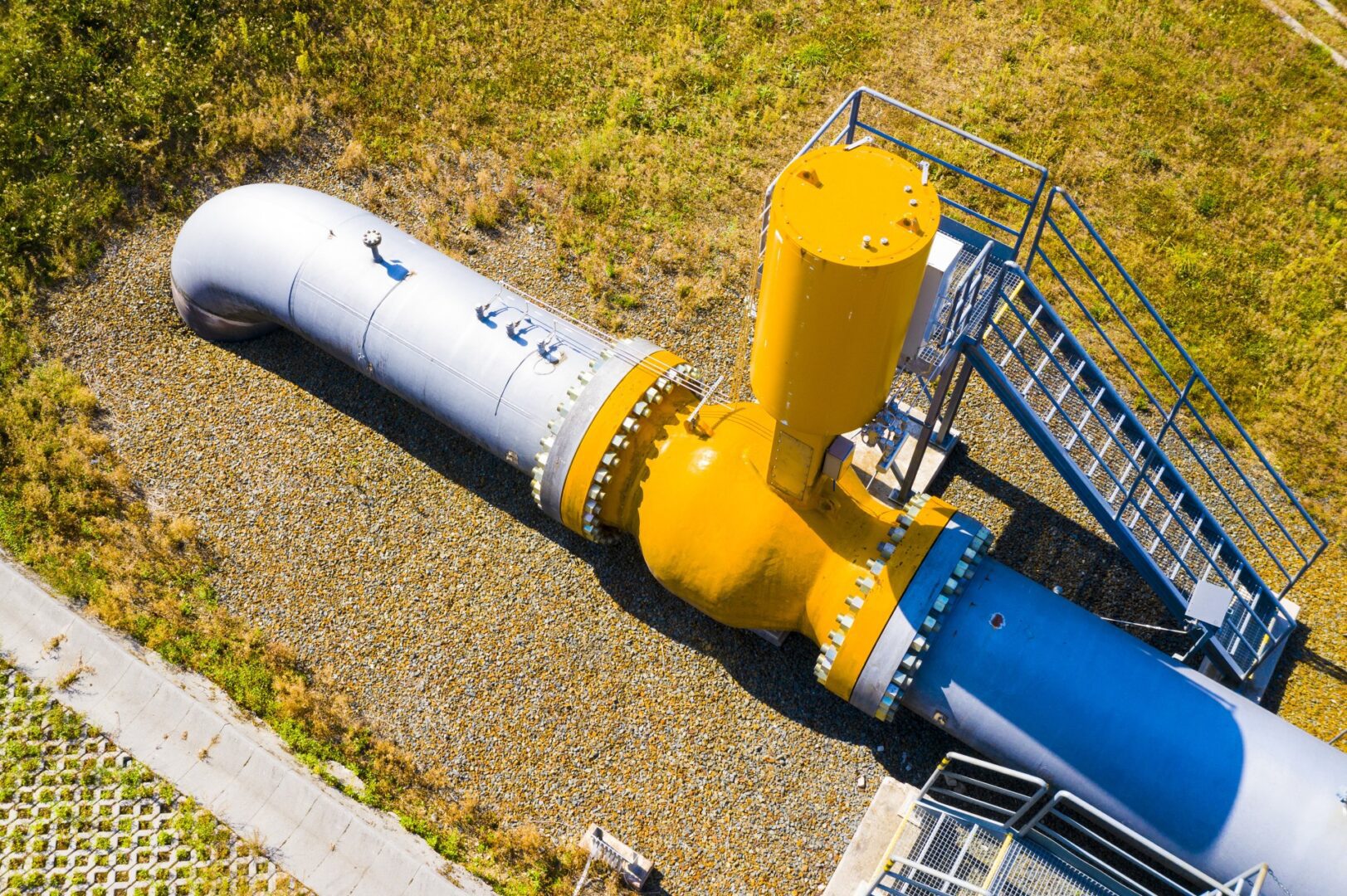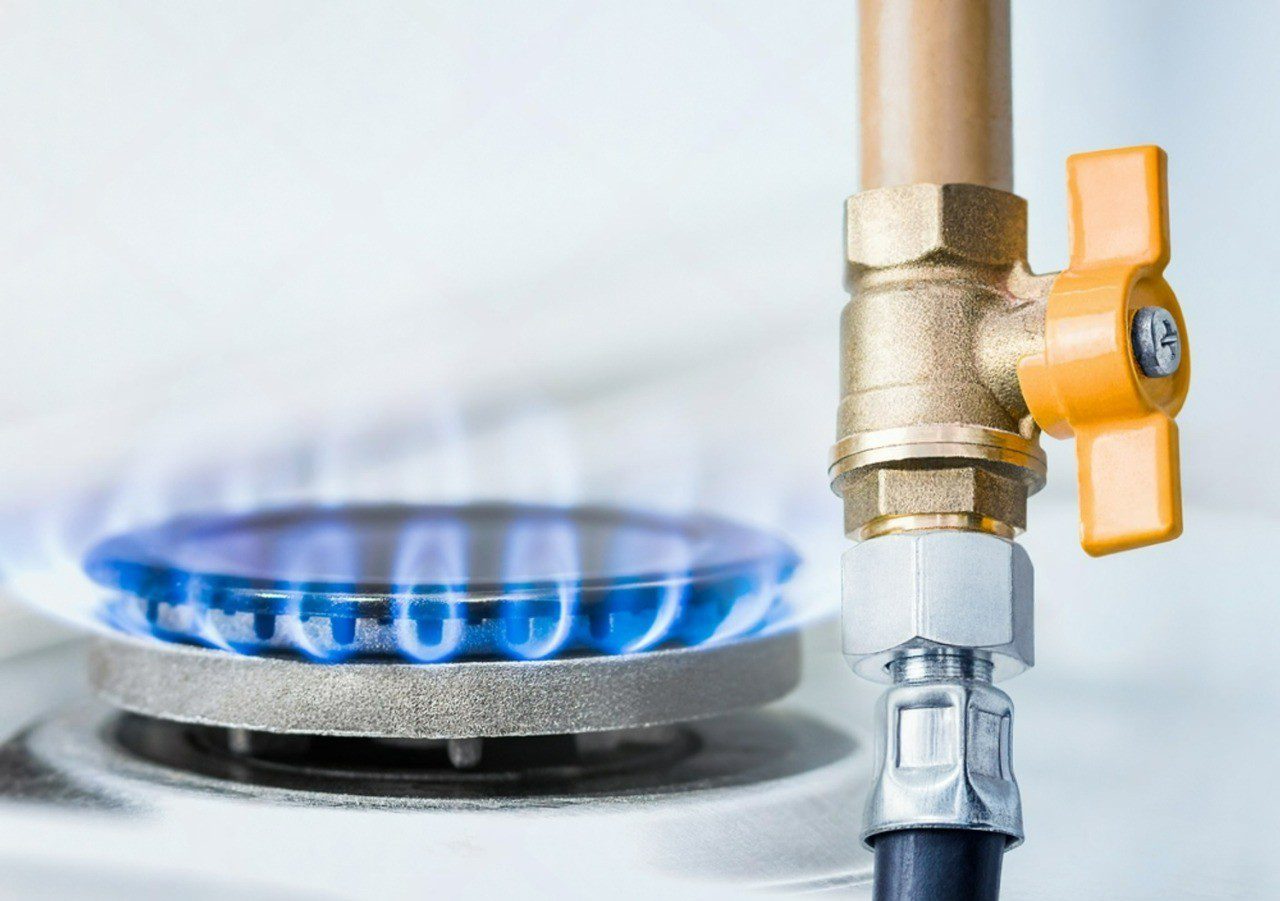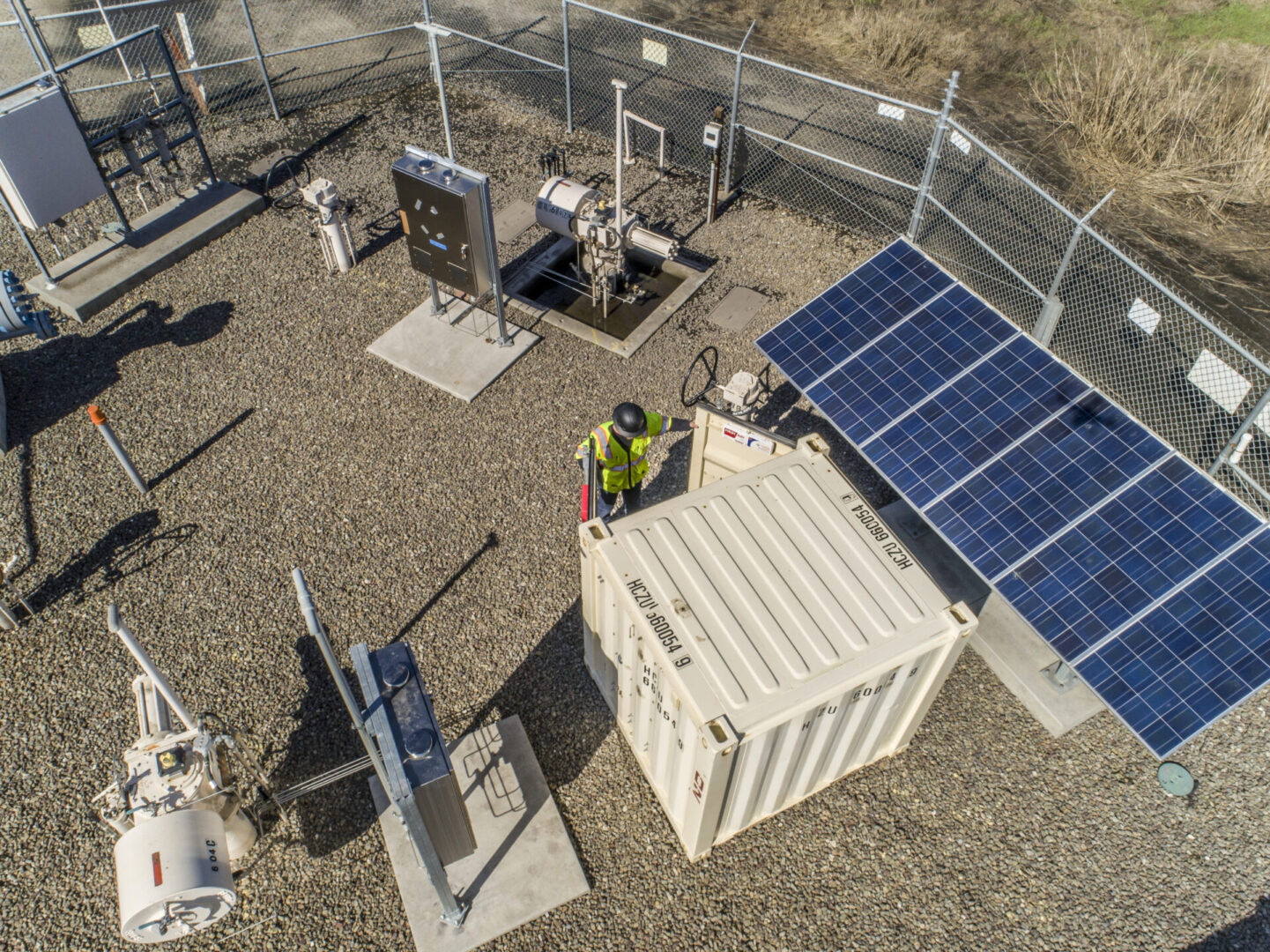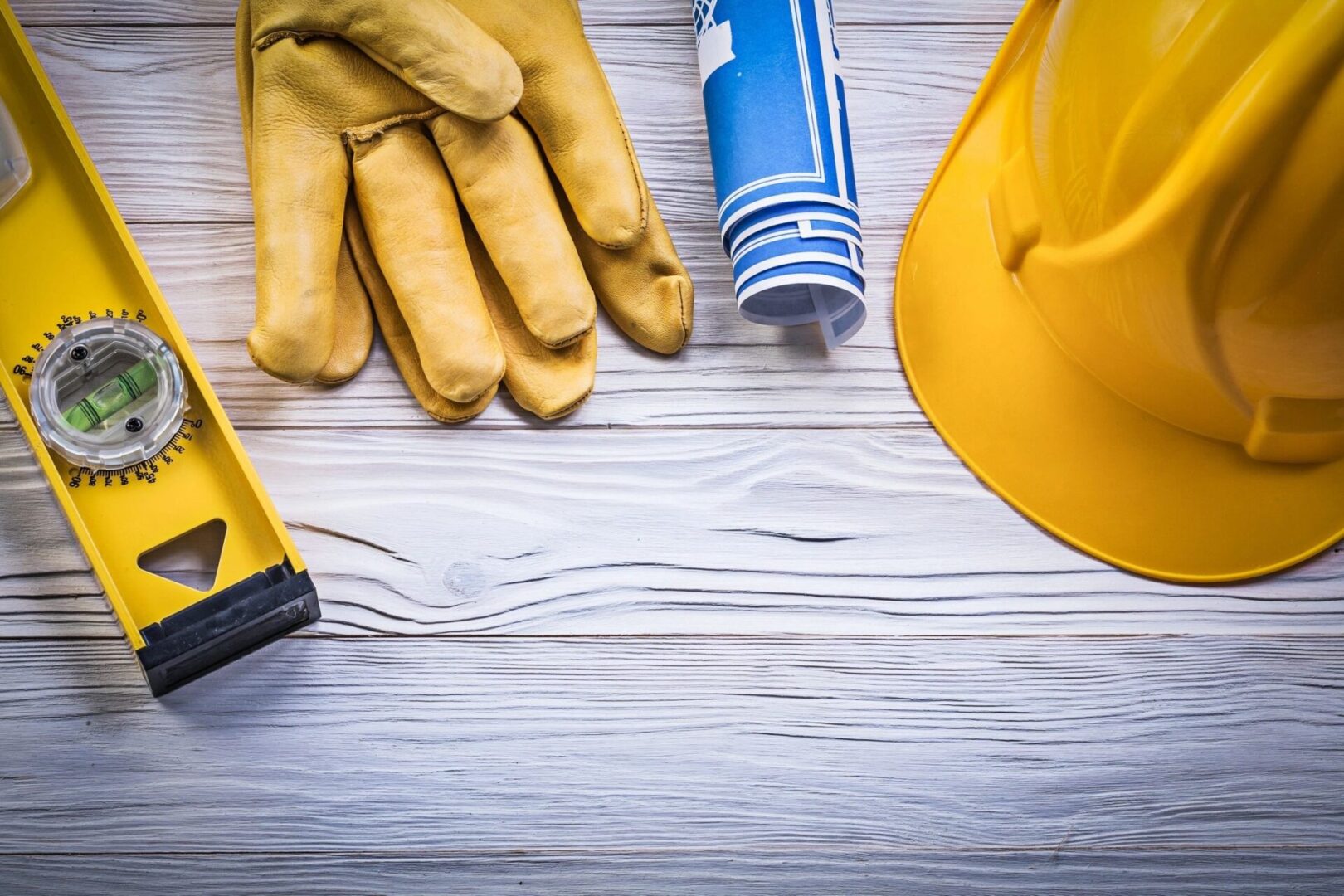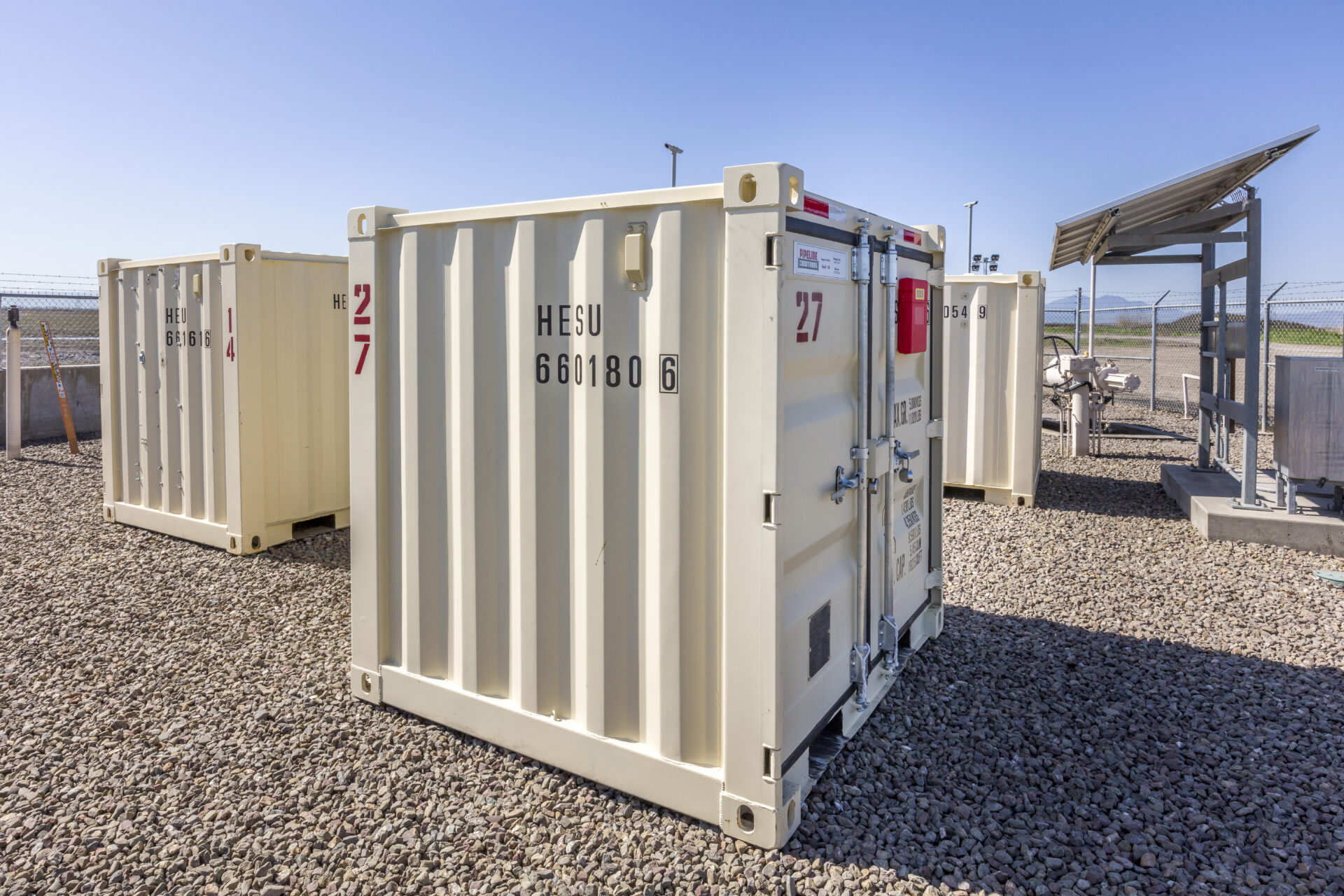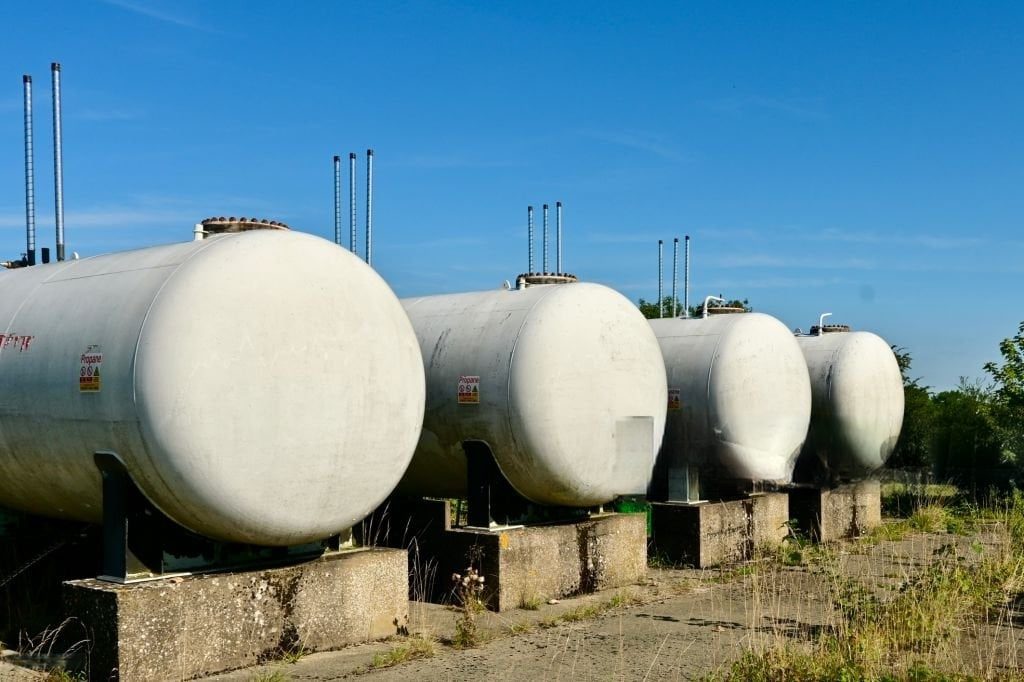
Steel vs. PE Pipes: Evaluating Costs and Material Selection for Natural Gas Pipelines
Selecting the appropriate material for natural gas pipelines is a critical decision that impacts both initial investment and long-term operational efficiency. Steel and polyethylene (PE) pipes are two prevalent choices, each offering distinct advantages. While PE pipes are often lauded for their flexibility and corrosion resistance, it’s essential to consider the comprehensive cost implications associated with each material.
Initial Material and Installation Costs
PE is typically lighter and more flexible than steel; this creates the opportunity for transportation and installation to be done at a reduced cost. Being easy to handle means less manpower heading to the site, and the installation does not require heavy machinery. However, the material cost of PE pipes can be higher than that of steel pipes, especially when considering high-density polyethylene (HDPE), which is more on par with steel for more demanding applications.
Long-Term Maintenance and Durability
Steel pipes are widely known for their toughness and durability, particularly in high-pressure environments. Steel pipelines, provided they are well maintained, may last more than 100 years. On the opposite end, PE pipes are inherently resistant to corrosion and scaling, potentially reducing maintenance requirements. Yet, PE pipes are more vulnerable to mechanical damage and UV fading; both factors can influence the lifespan and the cost of maintenance over time.
Energy Efficiency Considerations
The internal surface roughness of pipe materials significantly impacts friction loss and, therefore, the energy required for fluid transport. HDPE pipes feature a very smooth inner surface, resulting in lower friction loss during fluid flow compared to carbon steel pipes, which have a rougher interior. This reduced friction in HDPE systems can lead to improved energy efficiency, particularly in applications where maintaining pressure is critical.
Final Thoughts
At Pipeline Conditioning, we understand that each pipeline project has unique requirements. Our expertise includes conditioning (pickling) services for both steel and PE pipelines which ensures the optimal functionality and compliance with the standards of the respective industries. Whether you are looking to use steel for its strength or PE for its flexibility, our team is ready to assist you with the pipeline needs in the most appropriate way.
Myths and Truths About Odorization
Odorization is one of the most important safeguards in the natural gas industry, but it is also one of the most misunderstood. We hear the…
From Pipeline to Stove: The Journey of Safe Gas
Every October, Natural Gas Week gives us a chance to step back and appreciate one of the most important energy sources in our daily lives.…
The Real Cost of False Leak Calls
When it comes to odorization, one of the most common mistakes we see is over-odorization. Some contractors think adding a little extra odorant “just to…
The Benefits of Partnering with a Specialized Odorization Service Provider
Expert Solutions for Safety, Compliance, and Operational Efficiency When trying to ensure the safety of natural gas pipelines, odorization is the topmost priority. The addition…
Job Safety Best Practices: Staying Safe in Extreme Heat
As temperatures climb, so does the risk of heat-related illness on pipeline projects. Whether you’re operating a valve trailer in West Texas or overseeing a…
The Importance of Pipeline Pickling for Residential Buildings: Keeping Urban Living Safe
Protecting High-Rise Residents with Proper Pipeline Conditioning and Odorization From the luxury apartments of Manhattan to the sleek towers of Los Angeles and Chicago, high-rise…
Steel vs. PE Pipes: Evaluating Costs and Material Selection for Natural Gas Pipelines
Selecting the appropriate material for natural gas pipelines is a critical decision that impacts both initial investment and long-term operational efficiency. Steel and polyethylene (PE)…
From Frustration to Foundation: How One Engineer’s Mission Became Pipeline Conditioning
From Frustration to Foundation: How One Engineer’s Mission Became Pipeline Conditioning In an industry where too many things are done out of habit, Pipeline Conditioning…
Temporary Odorization and Why Doing It Yourself Might Just Be Costly
The Hidden Costs of DIY Odorization: Why Expert Solutions Save Time, Money, and Risk Quick problem-solving is everything in the natural gas world, especially when…
Decommissioning an Odorization Station: Best Practices for a Smooth Transition
Ensuring Safety and Efficiency When Retiring Critical Infrastructure Odorization stations play a crucial role in the safety of natural gas by adding an odorant that…
